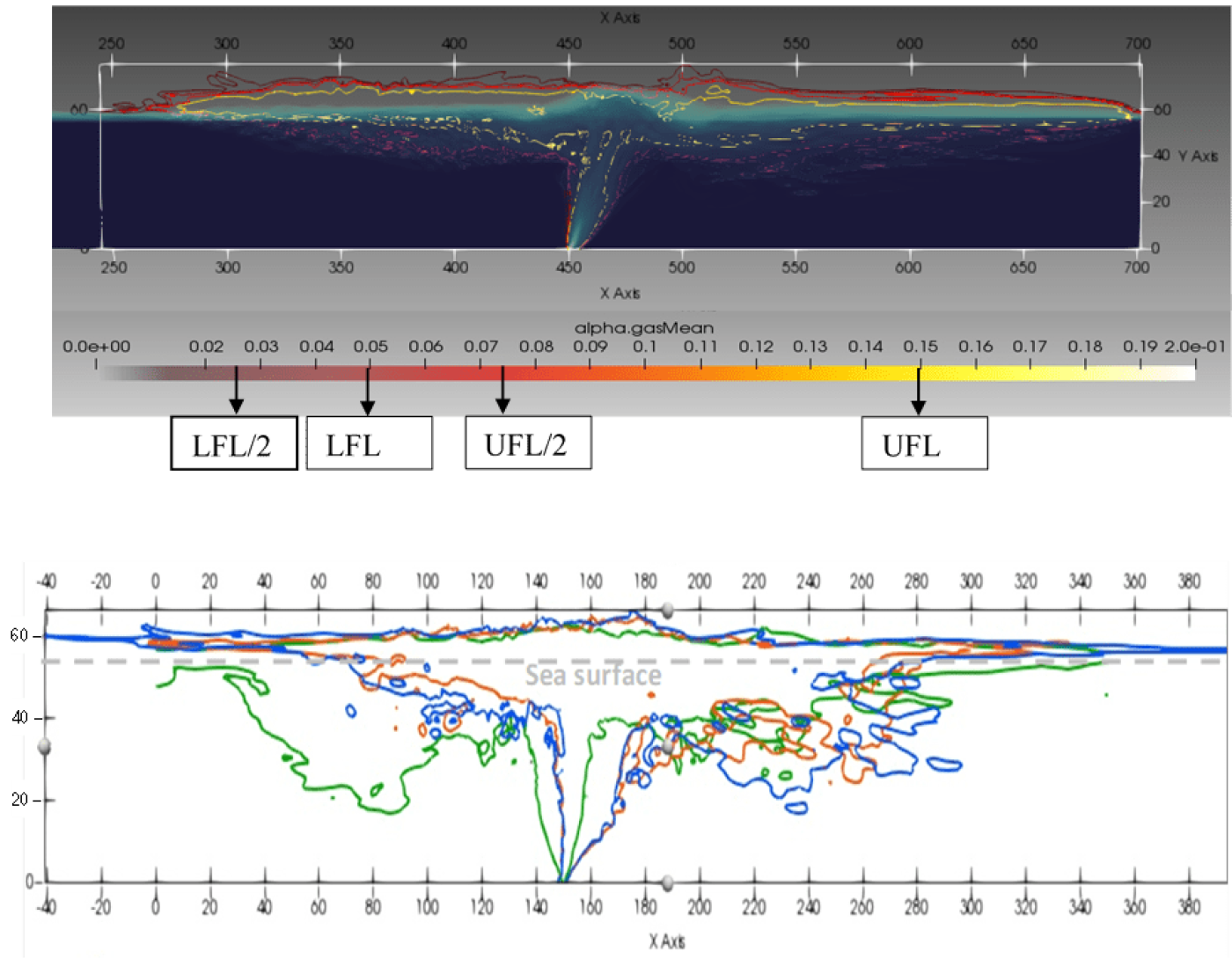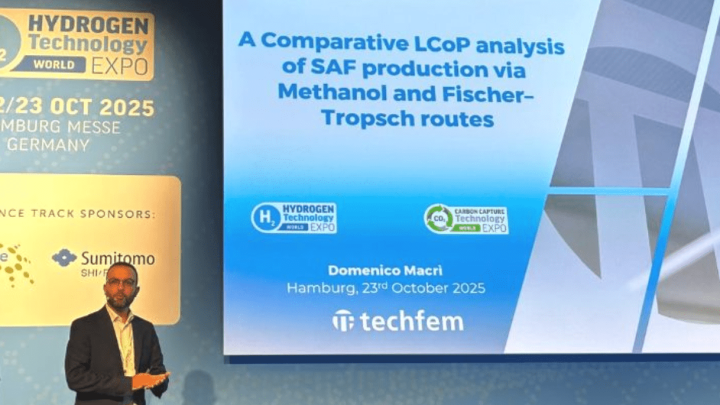The release of hydrocarbons into the sea are accidental events resulting from the rupture of underwater pipeline, as recently occurred in the Baltic Sea.
The purpose of our study published in the February 2023 edition of the Journal of Loss Prevention (JLP) is to evaluate the consequences of a release of natural gas from a high-pressure submarine pipeline and then use it in the risk analysis.
This phenomenon is important for identifying risk areas for offshore structures, marine vessels and the crew.
The analysis of the consequences is based on Computational Fluid Dynamics (CFD) simulations which allow to obtain as main results the shape of the cone of bubbles generated by the release of gas in water, the shape of the gas cloud on the free surface of the sea and the gas dispersion in the air, crucial in the description of the scenario resulting from the consequence analysis.
These simulations allow to study the interaction between the dispersed gas, the air and the sea and analyses the effects of different dispersion flowrates, surface wind speed, depth and sea current.
The CFD approach is a useful tool that allows a plausible description of the dynamic behaviour of gas bubbles in the sea, as well as the gas plume in the atmosphere.
The outputs of these simulations are the extensions of the LEL (lower explosive limit) and the UEL (upper explosive limit) on the sea surface.
- 3.02.2023
- |
- 18.40








